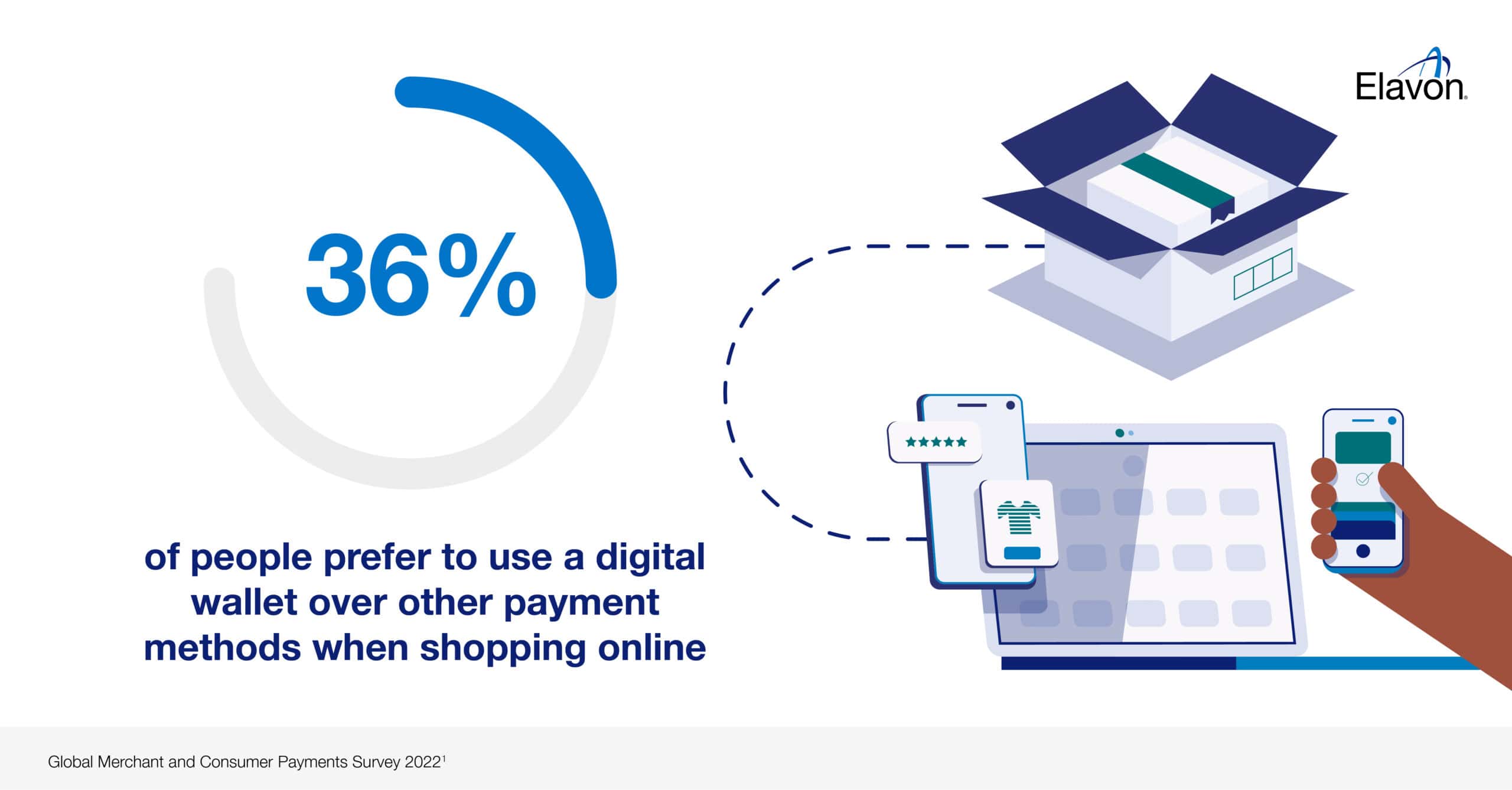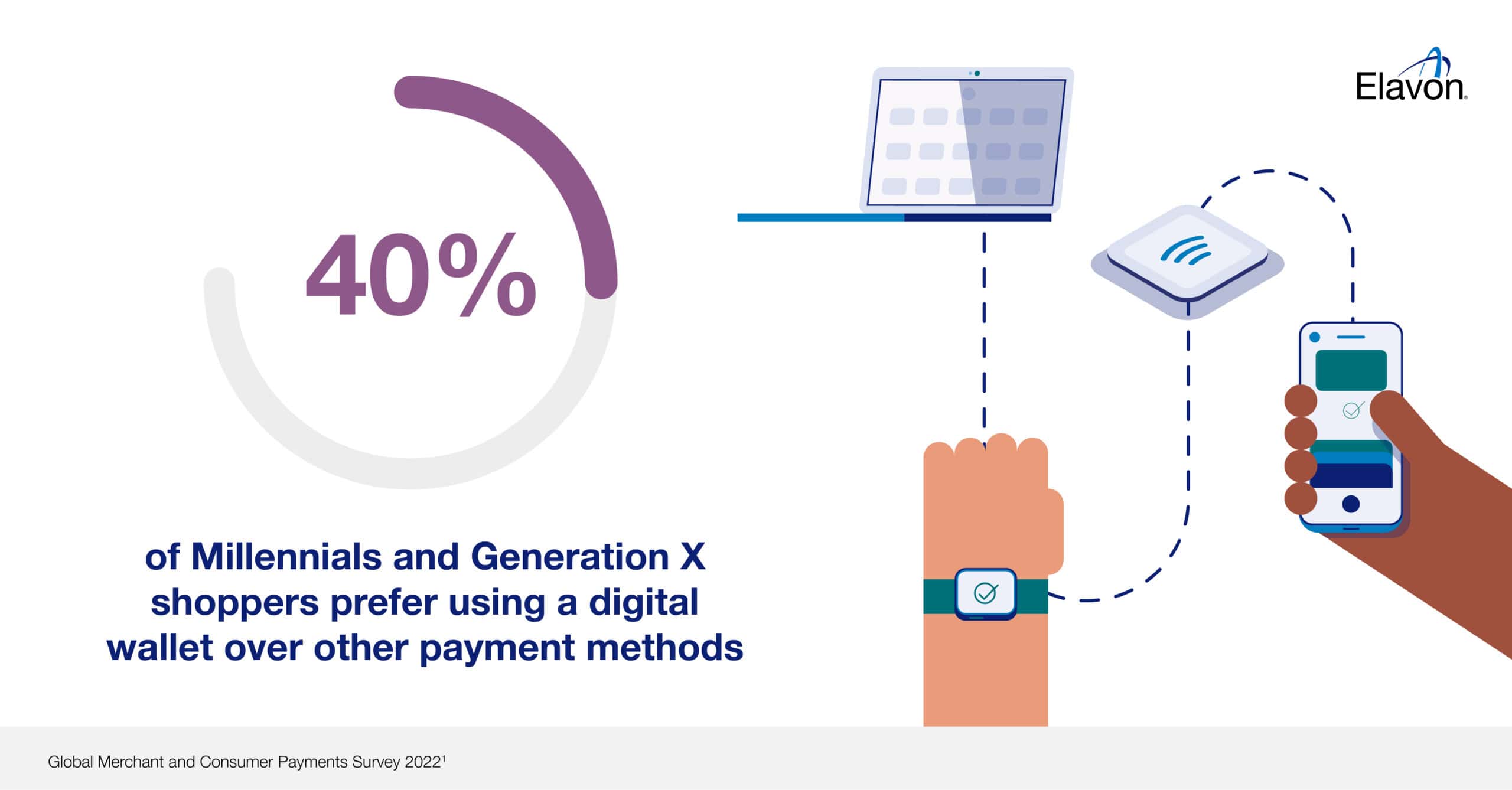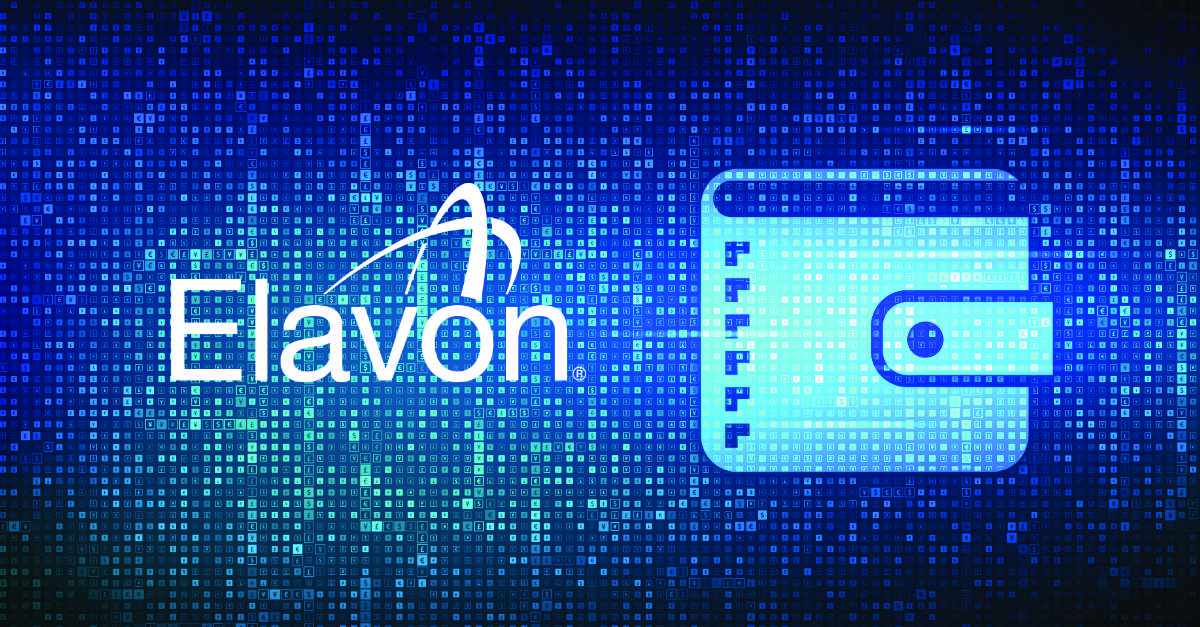Digital wallets are on the rise. Across Europe, digital wallets are the single most popular way of paying when shopping online[1].
Research by Discover shows that 2.8 billion digital wallets were in use in 2022 with total spend online and in-store expected to exceed US$10 trillion by 2025.
 That might come as a surprise to some, but perhaps shouldn’t. Anyone familiar with digital wallets will know they provide a level of convenience and security almost unrivalled by other methods of paying.
That might come as a surprise to some, but perhaps shouldn’t. Anyone familiar with digital wallets will know they provide a level of convenience and security almost unrivalled by other methods of paying.
So what does this mean for retail and what can you do to make sure you’re making the most of this shift in spending habits?
Peter Charmant, Elavon’s Head of Corporate Retail, Ireland and Pan EU, said first off familiarise yourself with what a digital wallet is.
“Digital wallets are deceptively simple – in many cases there isn’t a physical card behind it,” he said.
“And remember a digital wallet isn’t just on a phone, where it is sometimes called a mobile wallet, it can be on a laptop.”
Digital wallets make online payments easy
The most common types of digital wallet in Europe are Apple Pay and Google Pay, but there are several others you might come across including Amazon Pay, PayPal and Alipay, which is widely used in China.
Take Apple Pay as an example. Once a user has set up their card in the wallet they can pay in-app or while browsing your website just by double clicking the button on the side of their iPhone. It’s a very similar process, and just as simple, with Google Pay or a wallet on a desktop computer
Whichever digital wallet your customer uses, there’s no need for clumsy entering of long card numbers or going through the 3DS Authentication process. And yet they’re incredible secure, thanks to encryption technology and something call tokenisation
That same wallet can be used with a simple tap of the phone on a terminal when visiting a store. And unlike contactless cards the limit is set by the customer’s bank or their available funds, so is much higher than the standard €100.
You can learn much more about digital wallets on this page, including how they keep consumers’ data secure through encryption and tokenisation.
Understand your customer
So, now you know a little bit more about digital wallets your next question should be, who is my customer? Where are they from?
“As a merchant, where is my typical customer coming from?” says Peter. “What digital wallets are they looking to use?
“How do I make payments easier, and a better experience? If I do that they will spend more, returning knowing how easy it is for them to pay.”
If you’re aiming at a younger market then accepting digital wallets is an absolute must. Discover’s research shows 40% of Millennials and Generation Z – people born after 1981 – opt for digital wallets over entering their card details when purchasing online.

But even if your demographic is older and less likely to have adopted the latest technology, you might be foolish to rule out accepting digital wallets.
Also think about the location of your customers. If you have a bricks-and-mortar store in a touristy area, you need to consider accepting card brands not typically associated with your location. Lots of American visitors? You’ll need to consider Amex and Discover, which includes the likes of Diner’s International. If you’re a hotspot for visitors from Asia, about popular cards in those regions, such as JCB and UnionPay.
So your final questions to yourself should be, does my payment provider accept digital wallets? If so which ones? If the answers match the types your customers typically use, then you’re all set. If not, you need to start asking your payments provider some questions.
Adding the ability to take digital wallets to your ecommerce site adds a whole new layer of convenience for your customers, reducing cart abandonment and giving them a reason to come back again.
In effect, it’s like storing the customers’ card details on their behalf, but without any of the hassle or security concerns.
Peter Charmant’s top reasons for the rise in digital wallets:
- No need to carry a physical wallet
- No need to enter long card numbers and details into a website. Just double click
- No restriction on payment limit, unlike contactless cards
- All payments use two-factor authentication but without creating friction at the checkout
- All data is encrypted and when paying it uses a token system meaning the merchant doesn’t see any details
To find out how Elavon can support you with digital-age payments, visit Elavon.ie
[1]Sources: Global Merchant and Consumer Payments Survey 2022. 451 Research, on behalf of Discover Network, asked 3,257 people: what is your preferred way to pay when shopping online? 36% of European respondents preferred digital wallets.

